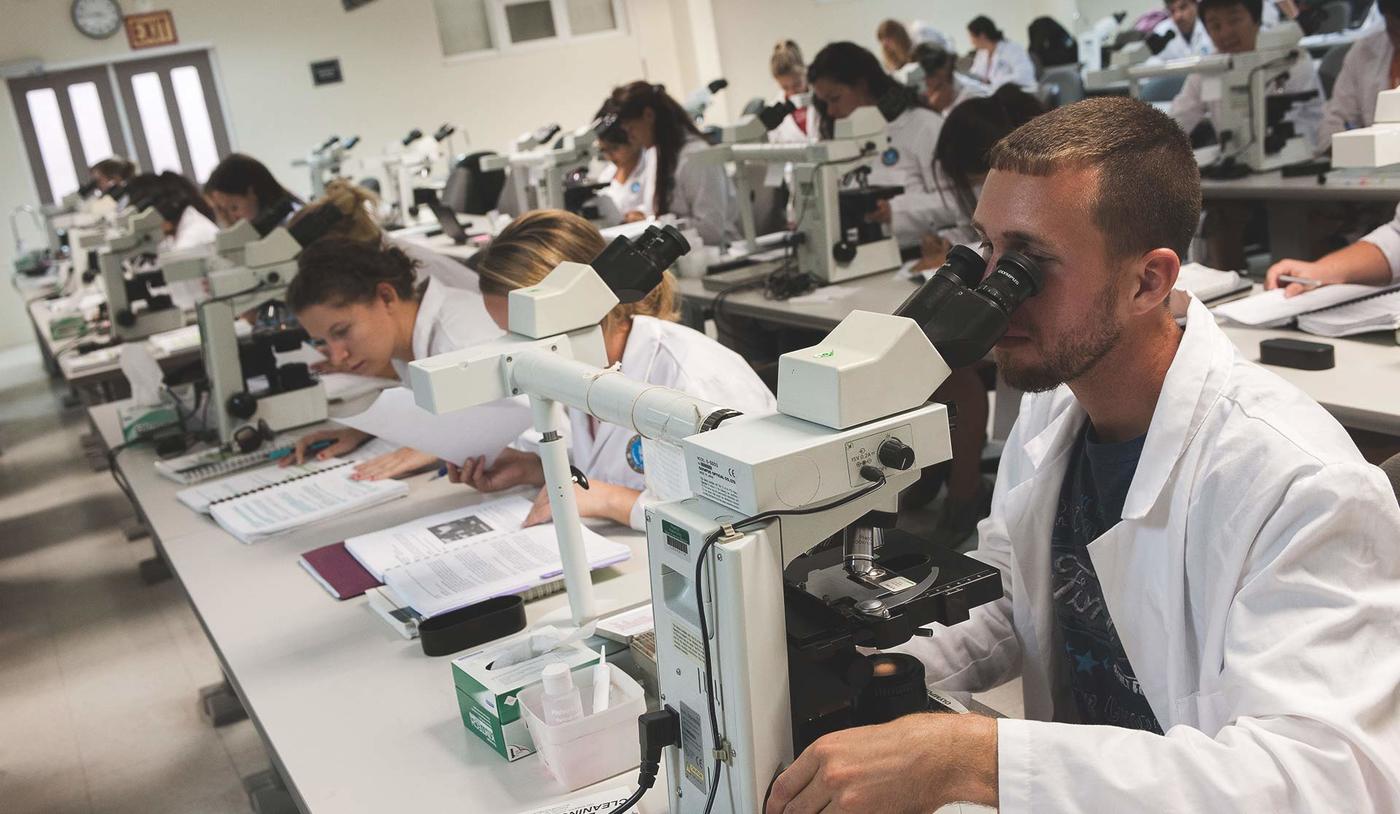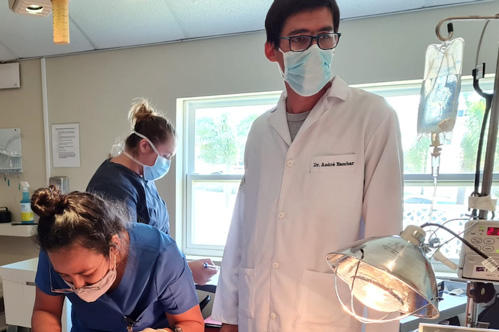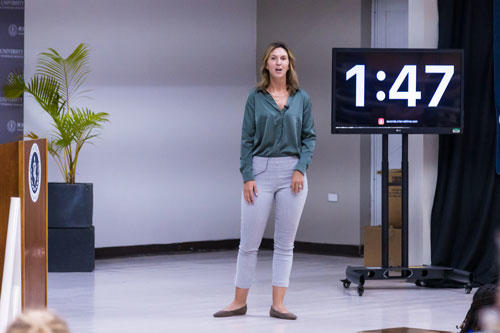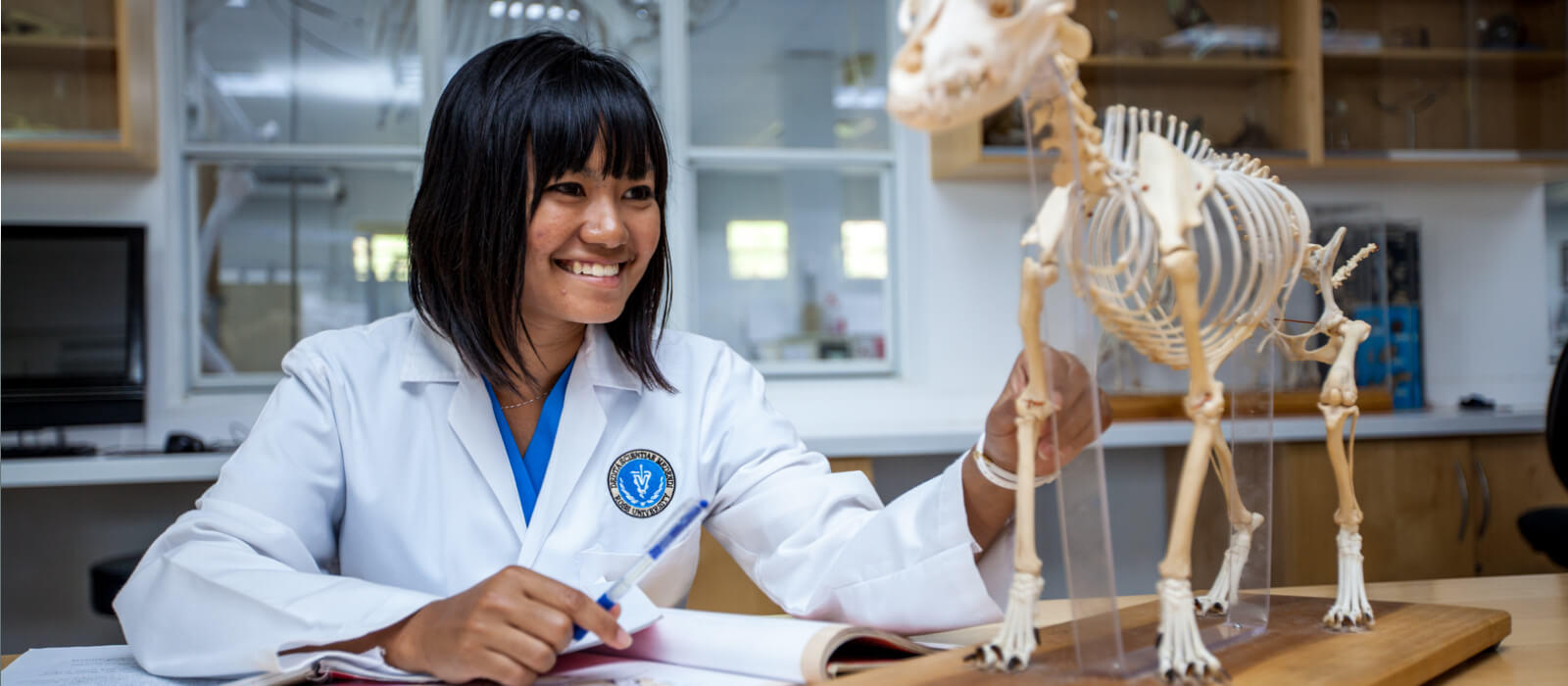Why Do Bats Matter?
There are over 1,400 different species of bats throughout the globe. From consuming insects to pollinating plants, each species plays a vital role in promoting biodiversity and balancing its ecosystem in a variety of ways. While bats are important to environmental health, they have received a lot of attention in recent years due to their ability to host a variety of zoonotic viruses—that is, viruses that can spread from animals to humans. According to a 2006 study, researchers discovered that bats host more than 60 human-infecting viruses1, including rabies, Ebola, and various strains of coronavirus.
Because of their widespread geographic diversity, bats are increasingly coming into contact with humans and domesticated animals, heightening the risk of zoonotic disease transmission. The expansion of urban areas and agriculture has also contributed to stressors on the immune systems of these animals, in turn making them more susceptible to infection. According to Dr. Hooper, “Bats who are stressed from anthropogenic activities—human activities that impact our environment such as pollution and habitat destruction—are at an increased risk for becoming ill. These unhealthy bats are unable to provide the important ecosystem services and are more likely to transmit viral diseases to humans.”
Dr. Hooper’s Bat Conservation in the U.S.
Dr. Hooper has dedicated a large part of her career to research in wildlife conservation. She has studied multiple bat species in North America and has volunteered much of her time to educating communities about the importance of conservation, and in particular, the important role bats play within the intersection of human, animal, and environmental health.
Dr. Hooper’s work has included assessing potential treatments for White-nose Syndrome, an invasive fungal disease in hibernating bats caused by Pseudogymnoascus destructans. She has also worked on projects funded by the U.S. Forest Service and the Missouri Department of Conservation which focused on understanding how forest management affects the health of endangered and threatened North American bat species, as part of an effort to reduce the severe population decrease in many of the species. According to Dr. Hooper, “If we understand how the different management techniques affect the fitness, or health, of bats, we can include specific forest management recommendations in the Species Recovery Plans which are designed to help save our endangered and threatened bat species from extinction.”
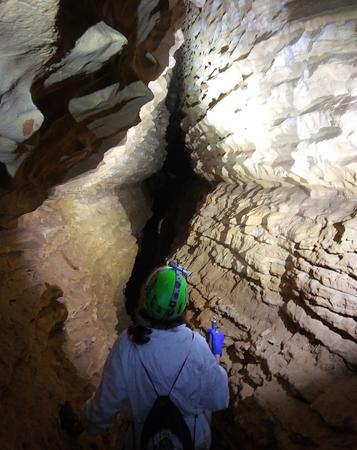
Dr. Hooper’s work has led her to master a wide range of research technologies, allowing her to devise more non-invasive methods for studying bats. Previously used methods for marking bats relied on physically marking them with bands, which sometimes resulted in injury or mortality in some subjects.
“After capturing thousands of photographs of bat wings, we discovered that the collagen fibers present in the wings could serve as ‘wing prints,’ allowing biologists and researchers to identify bats biometrically and without any risk of injury or death to the bat,” says Dr. Hooper. She continues to work on other methods of understanding threats to bat populations to aid in their conservation. “I am currently working on developing methods of using –omic technologies to determine what biomarkers we can use to better understand how anthropogenic stressors are responsible for severe population declines of bat species.”
Bat Research in St. Kitts and Nevis
Dr. Hooper recently moved to St. Kitts and Nevis to join Ross Vet as an assistant professor. While on the island, she plans to establish her research lab, the “Caribbean and Beyond Hooper Bat and Ecohealth Lab,” designed to study the various bat populations in the region. According to Dr. Hooper, endemic island bat species are some of the most understudied bat populations in the world. She hopes her research will contribute to understanding local bat species, their migratory patterns, and their role in the ecosystem health of the Caribbean region.
“Bats are one of the only native mammals remaining on St. Kitts and Nevis today. It has been suggested that they are the primary pollinators within island ecosystems and help provide natural pest control against diseases that are spread via mosquitos and other insect vectors. With veterinary student volunteers, we will be working together to understand what bat species are present seasonally and year-round on St. Kitts and how they contribute to the EcoHealth of the islands,” says Dr. Hooper.
By participating in Dr. Hooper’s research project, veterinary students will be able to help contribute to gathering knowledge about the habitat use and threats to bats in the Caribbean to help develop species conservation plans. “Our published findings will provide the International Union of Conservation of Nature (IUCN) important data for their Data Deficient Caribbean bat species,” says Dr. Hooper, “Currently, not enough information is known about the bat species, so they cannot assess if it is endangered or a very common species with little risk of extinction. Our research will be an important factor in filling in those gaps.”
To follow Dr. Hooper's wildlife research, visit her website or follow her on Twitter at @EcoPhysBatVet.
1Calisher, C., Childs, J., Field, H., Holmes, K., & Schountz, T. (2006, July). Bats: Important reservoir hosts of emerging viruses. Retrieved November 03, 2020, from https://www.ncbi.nlm.nih.gov/pmc/articles/PMC1539106/




